What are the different Call To Action?
Richard
Last Update 2 years ago
The choice of call to action (CTA) depends on the specific goals and user experience you want to achieve on your website or application. Here are some considerations for using different CTAs:
- Button:
This CTA is commonly used when you want to draw attention to a specific action or encourage users to take a specific step, such as making a purchase, signing up for a service, or navigating to another page. Buttons are visually distinct and provide clear direction to users.
- No call to action:
When there is 'no call to action', nothing specific happens when the buyer interacts with the element. It does not perform any action or redirect the buyer to another page.
This option might be used when you want to provide information or display content without requiring any specific action from the user. It can be useful in scenarios where the primary purpose is to present information, rather than driving immediate user interaction.
- Entire bar clickable:
When the 'entire bar clickable' call to action is used, it means that the entire bar. Clicking anywhere within the bar will typically trigger a specific action or redirect the buyer to another page.
This CTA is effective when you want to maximise the clickable area and make it easy for users to interact with a specific element or perform an action. It can be particularly useful for mobile users who may find it easier to tap on a larger area.
- Add to cart in 1 click (LITE and above plans)
When this option is chosen, it allows buyers to add the product directly to their shopping cart with a single click. After the product is added, the buyer is then redirected to the shopping cart page to review their selection and proceed with the checkout process.
This CTA is suitable when you want to streamline the purchasing process and provide a frictionless experience for users. By allowing users to add products directly to their cart with a single click, you reduce the number of steps required for them to complete a purchase, potentially increasing conversion rates.

